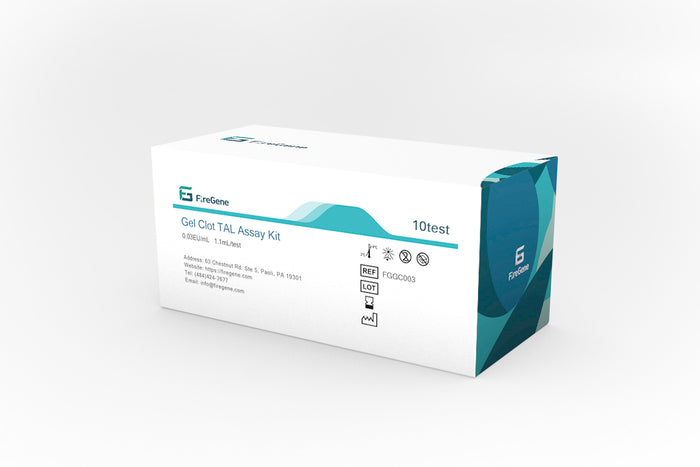LAL Gel Clot Assays for Endotoxin Detection

# LAL Gel Clot Assays for Endotoxin Detection
## Introduction to LAL Gel Clot Assays
The Limulus Amebocyte Lysate (LAL) Gel Clot Assay is one of the most widely used methods for detecting endotoxins in pharmaceutical products, medical devices, and other materials. This biological test relies on the unique clotting reaction of horseshoe crab blood when exposed to bacterial endotoxins.
## How LAL Gel Clot Assays Work
The LAL Gel Clot Assay operates on a simple principle: when endotoxins interact with the LAL reagent, they trigger a cascade of enzymatic reactions that result in the formation of a gel clot. The process involves:
– Mixing the test sample with LAL reagent
– Incubating the mixture at a controlled temperature (typically 37°C)
– Observing for clot formation after a specified time period
## Advantages of Gel Clot Assays
The LAL Gel Clot method offers several benefits:
– Simple visual endpoint determination
– No requirement for expensive instrumentation
– High specificity for endotoxins
– Cost-effective compared to other LAL methods
– Long history of regulatory acceptance
## Limitations to Consider
While highly effective, the Gel Clot Assay has some limitations:
– Semi-quantitative nature (positive/negative result at specific dilution)
– Subjective interpretation of clot formation
– Lower sensitivity compared to chromogenic or turbidimetric methods
– Requires trained personnel for accurate results
## Applications in Pharmaceutical Industry
LAL Gel Clot Assays are extensively used for:
– Quality control of parenteral drugs
– Medical device testing
– Raw material screening
– Water system monitoring
– Validation of depyrogenation processes
## Regulatory Status
The Gel Clot method is recognized by all major pharmacopeias:
– United States Pharmacopeia (USP)
– European Pharmacopoeia (EP)
– Japanese Pharmacopoeia (JP)
## Performing a Gel Clot Assay
A standard Gel Clot procedure includes:
– Preparation of test samples and controls
– Reconstitution of LAL reagent
– Mixing equal volumes of sample and reagent
– Incubation period (typically 60 minutes)
– Inversion of tubes to check for clot formation
## Interpretation of Results
Results are interpreted as follows:
– Positive result: Formation of a firm gel that remains in the bottom of the tube upon inversion
– Negative result: No clot formation, with liquid flowing freely upon inversion
## Comparison with Other LAL Methods
While Gel Clot is the traditional method, other LAL techniques include:
– Chromogenic assays (quantitative, colorimetric endpoint)
– Turbidimetric assays (quantitative, turbidity measurement)
– Kinetic assays (real-time measurement of reaction rate)
Keyword: LAL Assays Gel Clot Assays
## Conclusion
The LAL Gel Clot Assay remains a valuable tool for endotoxin detection, particularly in settings where simplicity and cost-effectiveness are priorities. While newer quantitative methods offer advantages in certain applications, the Gel Clot method continues to play a crucial role in ensuring product safety and compliance with regulatory requirements.


